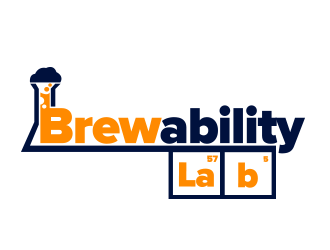


However, laboratory supplies can be either sterilized in an autoclave or pressure cooker (if not in their purchased sterile state).ĭownload this informative PPT by David Bryant of BSI. Sample valves must be free of dried wort/beer from the previous sampling, sprayed with 70% isopropyl alcohol and flamed.ĭue to practicality, brewers must sanitize tanks, hoses, etc. All transfer pipettes must be purchased sterilized otherwise they must be sterilized by heat. Vessels/bottles used to collect samples must be sterilized by heat. Vessels, bottles, and equipment must be treated aseptically. Sanitize your hands with 70% isopropyl alcohol. Hand and work surface cleanliness are a must.

Furthermore, clean clothes/lab coat reduces the chance of false positive results.Īlways follow aseptic work habits. Testing wort/beer for contamination requires a clean space in which to work. For starters, set aside a room isolated from the brewhouse to perform contamination testing. Examples include water, air, malt dust, traffic into the brewery, sewers, fruit flies (or other critters).įortunately, there are practical aseptic techniques that can help to overcome common beer spoilers. The brewery is a very dirty place with many sources of potential beer spoilers. The fact that malt dust contains many beer spoilers is just one of a plethora of reasons why. As such, brewhouse and fermentation are very often housed in the same room! In contrast, traditional breweries were designed to separate the hot/cold side of brewing. Unlike traditional breweries, most craft breweries are not designed by brewery engineers or brewing microbiologists.


 0 kommentar(er)
0 kommentar(er)
